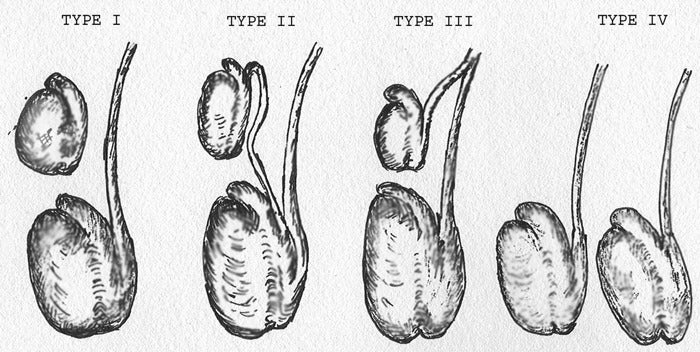Redditor GardenofGandalf has three testicles. It’s not that big of a deal, he says, though they do get tangled up now and again. Most of the time, it just looks like he has a larger-than-average package — which isn’t the worst problem in the world.
Gandalf has no idea exactly which testicle is the “spare,” so to speak, but is “99 percent” sure one isn’t a tumor. Nor does he know if an extra ball means he has super sperm, since he’s never compared his ejaculate with other guys’. “It would be a whole process to figure that out,” he explains.
The medical term for Gandalf’s overpopulated scrotum is polyorchidism, an incredibly rare condition in which people are born with more than two testicles. The American Urological Association says only about 200 polyorchids (what men with this condition are called) exist in the world, along with a handful of horses, dogs and cats. The vast majority of the cases involve three testicles (i.e., triorchidism), with fewer than 10 including more than four.

“There’s probably more out there,” urologist Jamin Brahmbhatt tells me, explaining the extra testicle could very well be hiding. “Many guys might never know about them because the condition is so rare, and they can be hard to find unless you really check.” (For the record, I haven’t been able to independently verify GardenofGandalf’s claim that he possesses an extra ball, as he appears to have abandoned Reddit.)
Brahmbhatt has never seen a polyorchid at his practice, but he says the condition regularly winds up on urology exams. For instance, test-takers would need to be familiar with the two primary versions of polyorchidism — one in which the extra testicle is reproductively functional and one in which it isn’t. Either way, polyorchidism isn’t particularly painful, Brahmbhatt assures, likening it to a benign cyst that can be easily removed.
As for how the extra ball got there in the first place, allow me to provide a quick refresher on the genesis of male anatomy: Testicles start off around the kidneys and descend to the scrotum over nine months. Things sometimes go wrong along the way, though, and testicles occasionally get stuck (cryptorchidism), or in rare cases, multiply (polyorchidism). So, again, it may very well be that you’re never aware that you have a third testicle if you’re afflicted with both cryptorchidism and polyorchidism.
But even if you do realize it, you know what they say: Three’s a charm.

